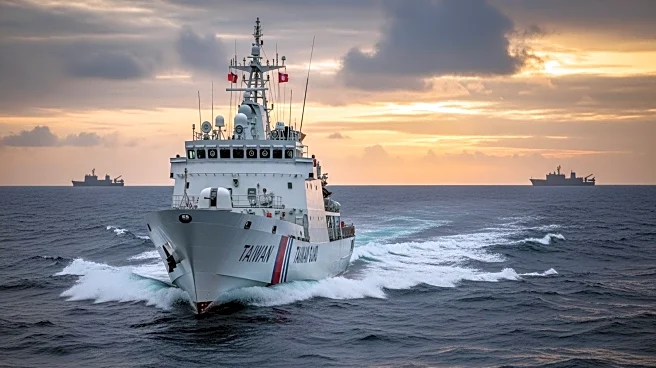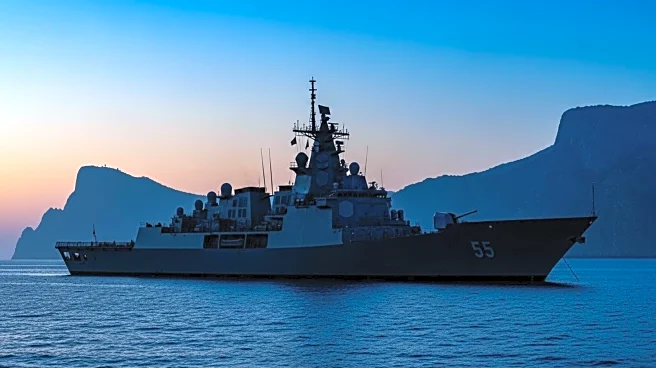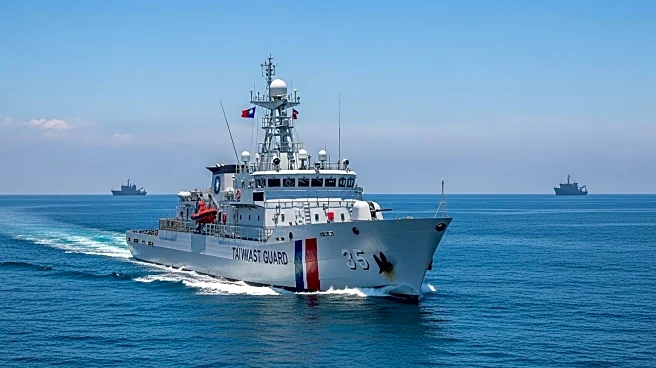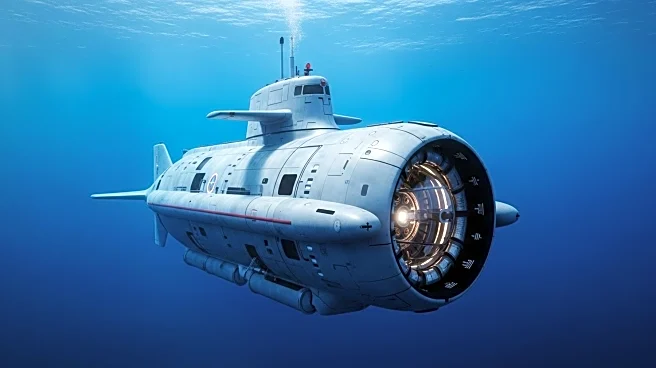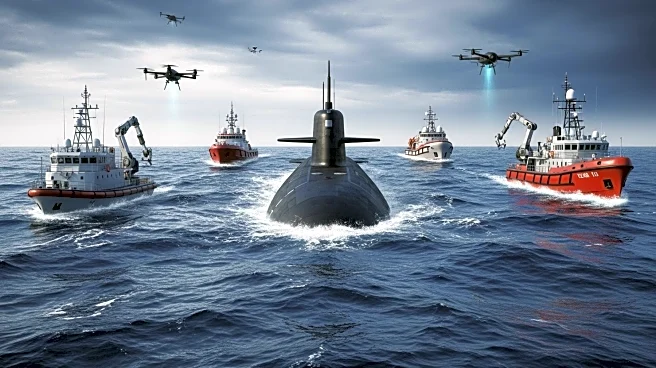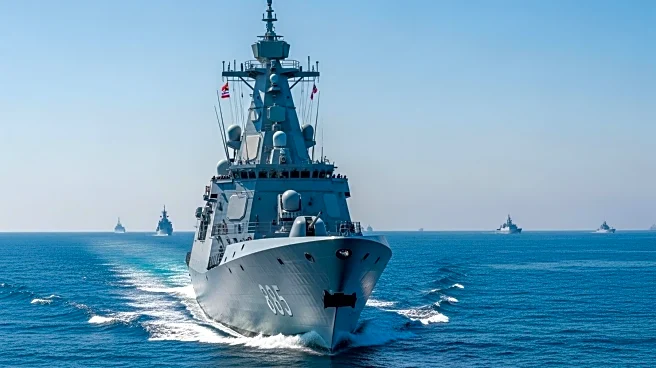What's Happening?
Subic Bay, once a pivotal U.S. military base, is regaining its strategic importance as the U.S. Navy plans to enhance its forward equipment storage and repair capabilities in the area. Historically significant during World War II and the Vietnam War, Subic Bay was a major U.S. military hub until its closure in 1991 due to lease disagreements with the Philippine government. The base has since been under Philippine control as a commercial free zone. However, with increasing geopolitical tensions, particularly China's assertive actions in the South China Sea and Taiwan Strait, the U.S. is looking to re-establish its presence. The Navy and Marine Corps are interested in developing a 270,000 square foot climate-controlled warehouse for vehicle and equipment storage within the Subic Bay free zone. This move is part of a broader strategy to support heightened U.S. military activities in the region, including training rotations and joint exercises.
Why It's Important?
The revitalization of Subic Bay as a strategic military base underscores the U.S.'s commitment to maintaining a strong presence in the Asia-Pacific region amid rising tensions with China. The proximity of Subic Bay to contested waters makes it a critical location for rapid deployment and logistical support, enhancing the U.S. military's operational readiness. This development could strengthen U.S.-Philippine military ties and serve as a deterrent against potential regional conflicts. The increased U.S. presence may also reassure allies and partners in the region of America's commitment to regional security and stability. However, it could also escalate tensions with China, which views increased U.S. military activities in the region as a threat to its interests.
What's Next?
The U.S. Navy's plans for Subic Bay are likely to proceed with the construction of the new warehouse facility, pending successful negotiations and agreements with the Philippine government. This development may lead to more frequent joint military exercises and training operations in the region. Additionally, the U.S. may seek to further enhance its military infrastructure in the Asia-Pacific to counterbalance China's growing influence. The strategic use of Subic Bay could also prompt diplomatic discussions between the U.S., the Philippines, and other regional stakeholders to address security concerns and ensure stability in the South China Sea.

